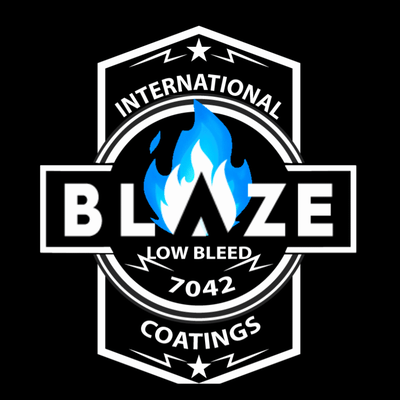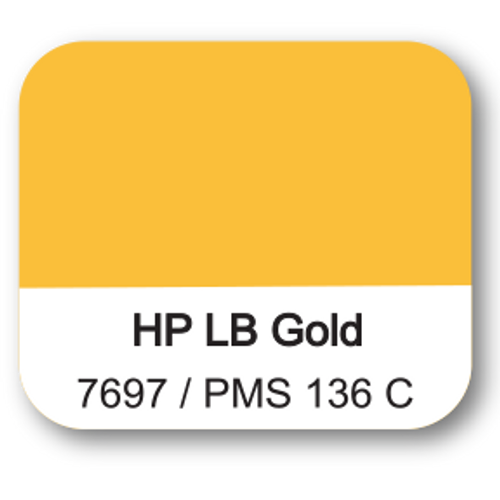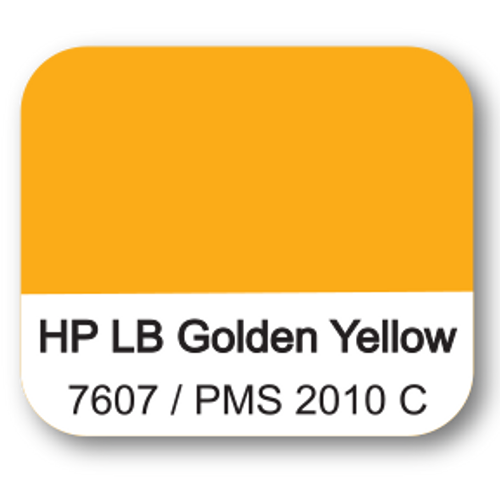FEATURES
7042 Blaze Low Bleed White™ is a low bleed, high pigment, fast ashing, low tack, non-phthalate plastisol screen printing ink.
7042 Blaze Low Bleed White™ has a creamy viscosity with a medium body.
7042 Blaze Low Bleed White™ is formulated to make printing opaque white easy on both hand and auto printing equipment. Hand printing is less tiring because less squeegee pressure is needed. The result is improved operator performance. Automatic equipment can be adjusted to lower pressure settings, thus improving screen life, squeegee durability and overall print quality.
7042 Blaze Low Bleed White™ offers superior results through its brightness, opacity, soft hand and fast production speed.
7042 Blaze Low Bleed White™ prints more easily than other opaque whites. You will nd that a ner screen mesh can be used to achieve the same opacity as a more open mesh. This means less ink will be needed, a real money saver in terms of ink usage. It also means a softer hand on flashed fabrics.
SPOT FLASHING
7042 Blaze Low Bleed White™ will spot dry, with a very low after flash tack. Dwell time is dependent on the spot dryer used. In some cases, you may have to lower the heat of the spot cure unit because too much heat may actually make the ink tacky. When you spot dry, you are only partially fusing or gelling the surface of the ink. The ink should be just dry to the touch, with no lift off , but not totally fused. Totally fusing the underprint may cause inter-coat adhesion problems with the inks printed on top. Final fusing or curing should occur in the dryer.
IMPORTANT INFORMATION
7042 Blaze Low Bleed White™ is a low bleed ink, not a non-bleed ink. On some types of fabric, bleeding or dye migration may occur. Always test print the fabric to be printed before beginning production. It is best to do some long term testing on fabrics to determine if they are going to bleed. Bleeding or dye migration may not occur right away.
Adding any reducers or additives can lower the bleed resistance, opacity, or increase cure times of ink. STIR the ink prior to printing on press and after addition of reducers or additives.
Test dryer temperatures and wash test printed product before and during a production run.












